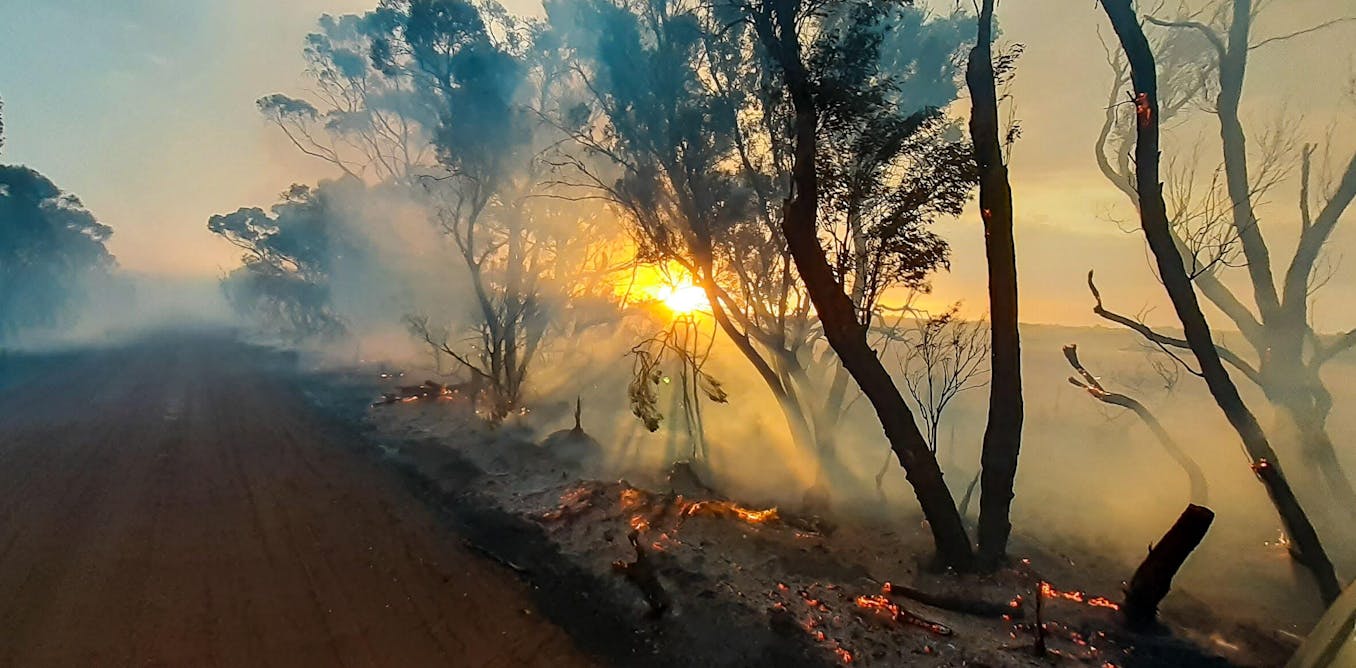From Analysis to Action: Utilizing Your BAL Report to Minimize Bushfire Ris
From Analysis to Action: Utilizing Your BAL Report to Minimize Bushfire Ris
Blog Article
Ensuring Bush Fire Defense Through Correct BAL Record Evaluation
In the realm of bush fire defense, the meticulous evaluation of Bushfire Assault Level (BAL) records stands as a foundation for safeguarding properties versus the disastrous effect of wildfires. With environmental elements and residential property characteristics playing considerable roles in establishing the degree of threat, a complete understanding of BAL scores becomes important. The genuine essence exists not simply in comprehending these reports however in deciphering them efficiently to develop tailored fire protection strategies. By delving right into the significance of BAL report analysis, we uncover a world where educated choices pave the path towards boosting property safety and resilience in fire-prone areas.
Recognizing Bushfire Attack Degree (BAL)
In the realm of bushfire defense, understanding the Bushfire Assault Level (BAL) is vital for ensuring efficient reduction strategies. BAL is a system utilized to measure the possible risk a building may deal with from a bushfire. It considers elements such as the kind of plants, the incline of the land, the Fire Danger Index, and the Fire Extent Index. Understanding the BAL score of a property is essential for building contractors, policymakers, and owners to implement appropriate steps to guard against bushfire hazards.

Value of BAL Record Analysis
A crucial aspect in bushfire security preparation entails the comprehensive evaluation of BAL reports to evaluate the prospective risks and establish ideal reduction strategies. BAL reports offer essential details concerning the prospective effect of bushfires on a residential or commercial property based on different variables such as plants kind, range to potential fire threats, and incline of the land. Evaluating these records with accuracy is critical in developing effective bushfire defense measures tailored to the specific threat profile of a residential property.
Applying Fire Protection Procedures
Carrying out efficient fire defense steps is vital for securing properties in bushfire-prone locations. One of the key means to boost fire defense is by creating defensible area around buildings. This entails clearing up combustible vegetation, such as completely dry fallen leaves and branches, within a specific span of the home. Furthermore, mounting fire-resistant roof covering products can help in reducing the risk of ashes sparking the roofing system throughout a bushfire. Correctly kept seamless gutters and displays are also important to protect against debris buildup that can fuel a fire.
Furthermore, having a adequate and properly maintained water supply, such as a container or swimming click this pool, can aid firefighters in their efforts to safeguard the building. It is necessary to have a clear emptying strategy in area and to guarantee that all residents recognize with the procedures. Furthermore, having firefighting devices readily offered, such as tubes and fire extinguishers, can assist in dealing with tiny spot fires before they rise. In general, applying a mix of these fire protection measures can substantially increase the opportunities of protecting properties during bushfire occasions.
Mitigating Risks in Fire-Prone Areas
To fortify residential properties versus bushfire hazards, a strategic focus on mitigating risks in fire-prone areas is imperative. One essential element of danger reduction is maintaining defensible space around homes by getting rid of combustible vegetation, making certain sufficient spacing between frameworks and trees, and utilizing fire-resistant landscape design techniques.
Furthermore, constructing or retrofitting structures with fire-resistant materials and ensuring appropriate upkeep of roofings, seamless gutters, and outside cladding can substantially improve the residential property's durability to bushfires. Establishing and exercising a bushfire emergency plan with all occupants, consisting of emptying procedures and interaction methods, is also vital in mitigating threats efficiently. By adopting an aggressive approach to risk reduction in fire-prone locations, residential or commercial property proprietors can much better safeguard their properties and enhance total bushfire preparedness.
Ensuring Residential Or Commercial Property Safety And Security and Durability
Guaranteeing the safety and strength of buildings in fire-prone areas calls for an unwavering dedication to robust preventative steps and critical planning. Residential or commercial property safety and security starts with implementing effective actions to minimize fire threats. This consists of preserving a defensible space around the residential property by getting rid of flammable vegetation, guaranteeing appropriate upkeep of roof coverings and seamless gutters, and using fire-resistant structure products. Normal upkeep of firefighting devices, such as pipes and sprinkler systems, is also crucial to residential property strength.
Strength, on the various other hand, involves the ability of a home to recuperate and withstand from a bushfire. By proactively resolving these aspects, property owners can much better secure their assets and liked check out this site ones from the hazard of bushfires.
Verdict
To conclude, ensuring bushfire security via proper BAL report evaluation is critical for understanding the level of threat presented by bushfires and implementing necessary fire security actions. By alleviating risks in fire-prone areas and making sure home security and resilience, people and areas can better plan for and reply to bushfire occasions. It is important to prioritize fire precaution to secure lives and property in these high-risk settings.
In the world of bush fire security, the careful evaluation of Bushfire Strike Degree (BAL) reports stands as a keystone for guarding homes versus the destructive influence of wildfires (BAL Report). Comprehending the BAL ranking of a residential property is browse this site critical for property building contractors, policymakers, and owners to implement appropriate steps to safeguard versus bushfire risks

BAL reports provide important info concerning the prospective influence of bushfires on a residential or commercial property based on different aspects such as vegetation type, range to prospective fire threats, and slope of the land (BAL Report). Overall, implementing a combination of these fire protection measures can substantially increase the opportunities of guarding properties throughout bushfire occasions
Report this page